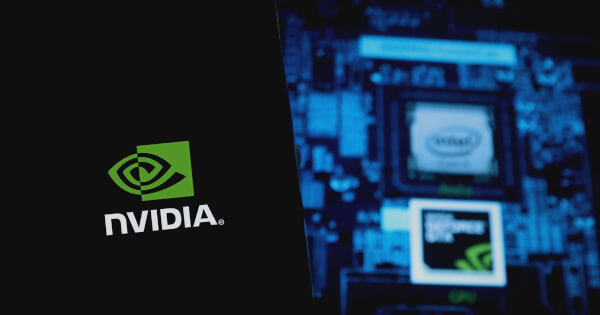
James Ding
Feb 24, 2025 06:47
NVIDIA introduces CorrDiff, an AI model under the Earth-2 platform, offering up to 10,000x energy efficiency in weather forecasting, aiding disaster preparedness and climate resilience.
NVIDIA has announced the launch of CorrDiff, a groundbreaking AI model designed to revolutionize weather forecasting by significantly enhancing prediction efficiency and accuracy. This innovation is part of NVIDIA’s Earth-2 platform, which aims to simulate weather and climate conditions at a granular level. According to NVIDIA, CorrDiff is up to 10,000 times more energy-efficient than traditional high-resolution weather prediction models.
AI-Powered Weather Predictions
The CorrDiff model utilizes generative AI to produce kilometer-scale forecasts of wind, temperature, and precipitation. This capability is crucial for improving disaster preparedness and saving lives through precise predictions of extreme weather events. The model’s development, featured in Communications Earth and Environment, showcases its potential to transform how weather agencies and climate scientists approach forecasting.
By leveraging diffusion modeling, CorrDiff enhances the resolution of atmospheric data from a 25-kilometer scale to a more detailed 2 kilometers. This allows for more accurate predictions of weather variables, including radar reflectivity, which indicates rain location and intensity.
Global Adoption and Impact
The AI model is already being adopted by weather technology companies, researchers, and government agencies worldwide. Its applications extend beyond weather prediction to renewable energy management and agricultural planning. For instance, Taiwan’s National Science and Technology Center for Disaster Reduction has implemented CorrDiff to improve disaster alerts, thereby achieving significant energy savings.
CorrDiff’s deployment as an NVIDIA NIM microservice further expands its reach, covering the continental United States with datasets that include real-world natural disasters such as hurricanes and floods. This implementation is noted for being 500 times faster than traditional methods.
Future Developments
NVIDIA’s research team continues to enhance CorrDiff’s capabilities, focusing on improving the model’s ability to resolve small-scale details and capture rare weather events. Future iterations could also assist in predicting urban downwash, where strong winds impact street-level conditions.
Attendees can explore more about Earth-2 and CorrDiff’s applications at the upcoming NVIDIA GTC event, a global AI conference scheduled for March 17-21 in San Jose, California.
Image source: Shutterstock


